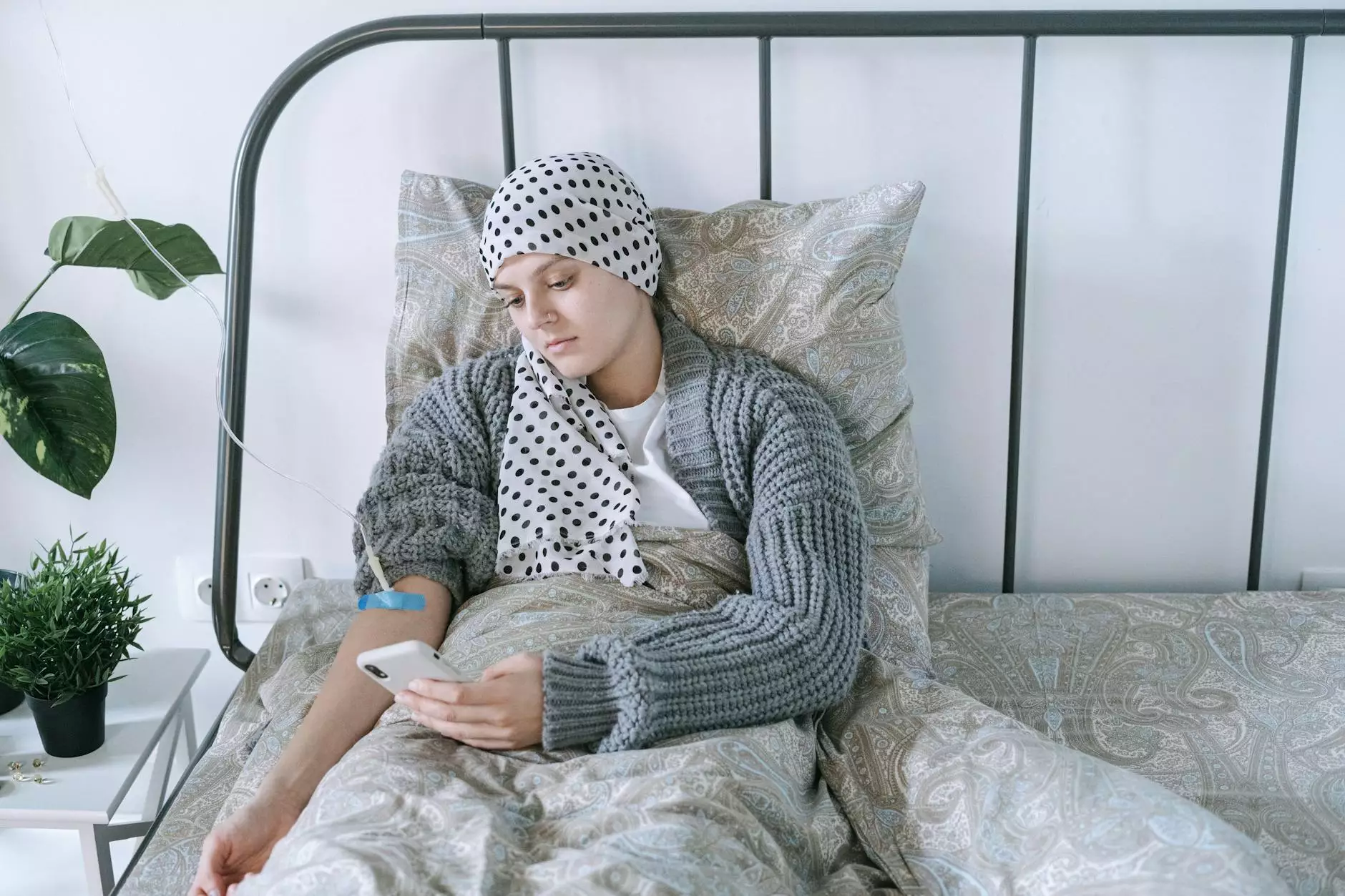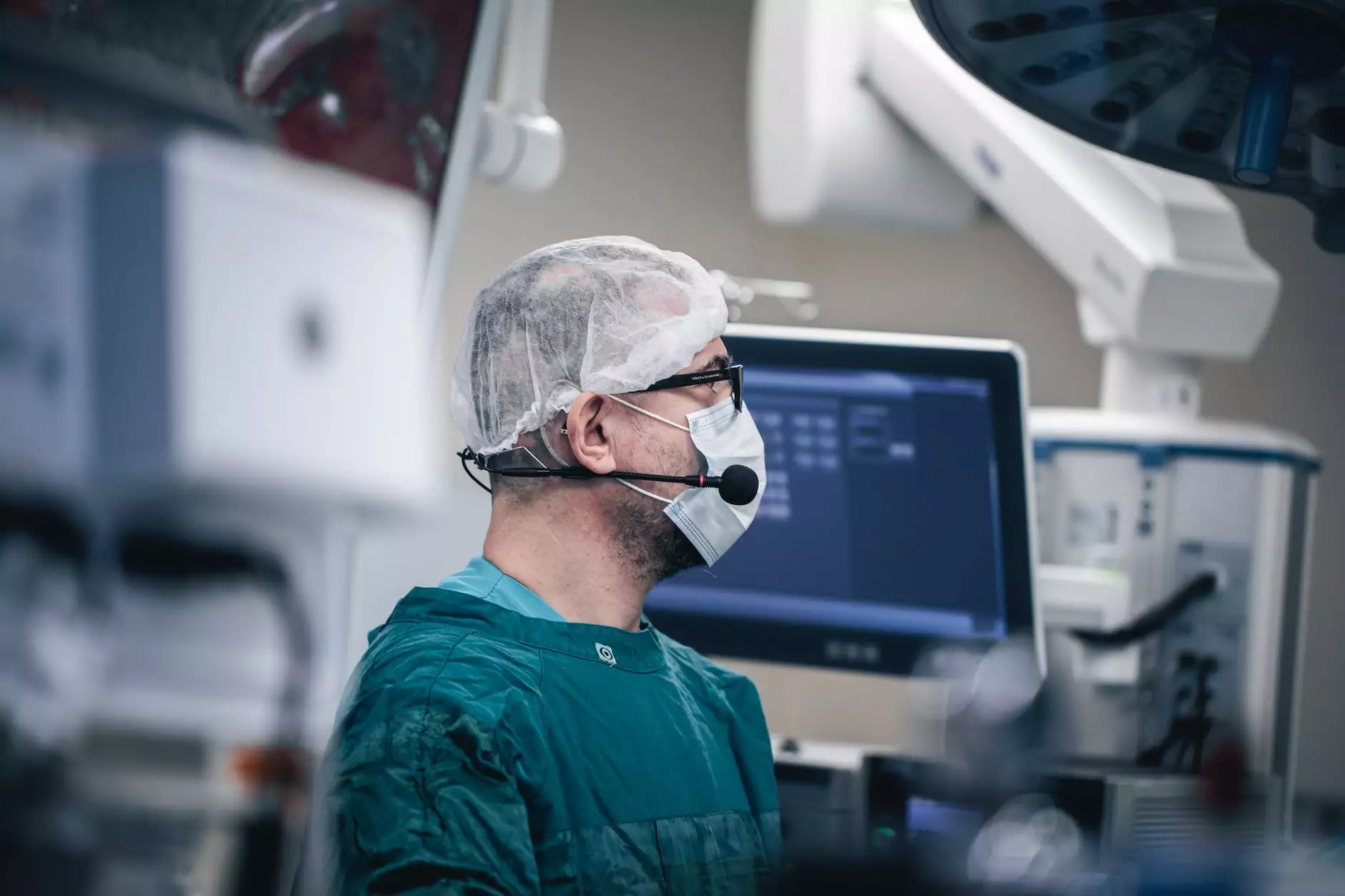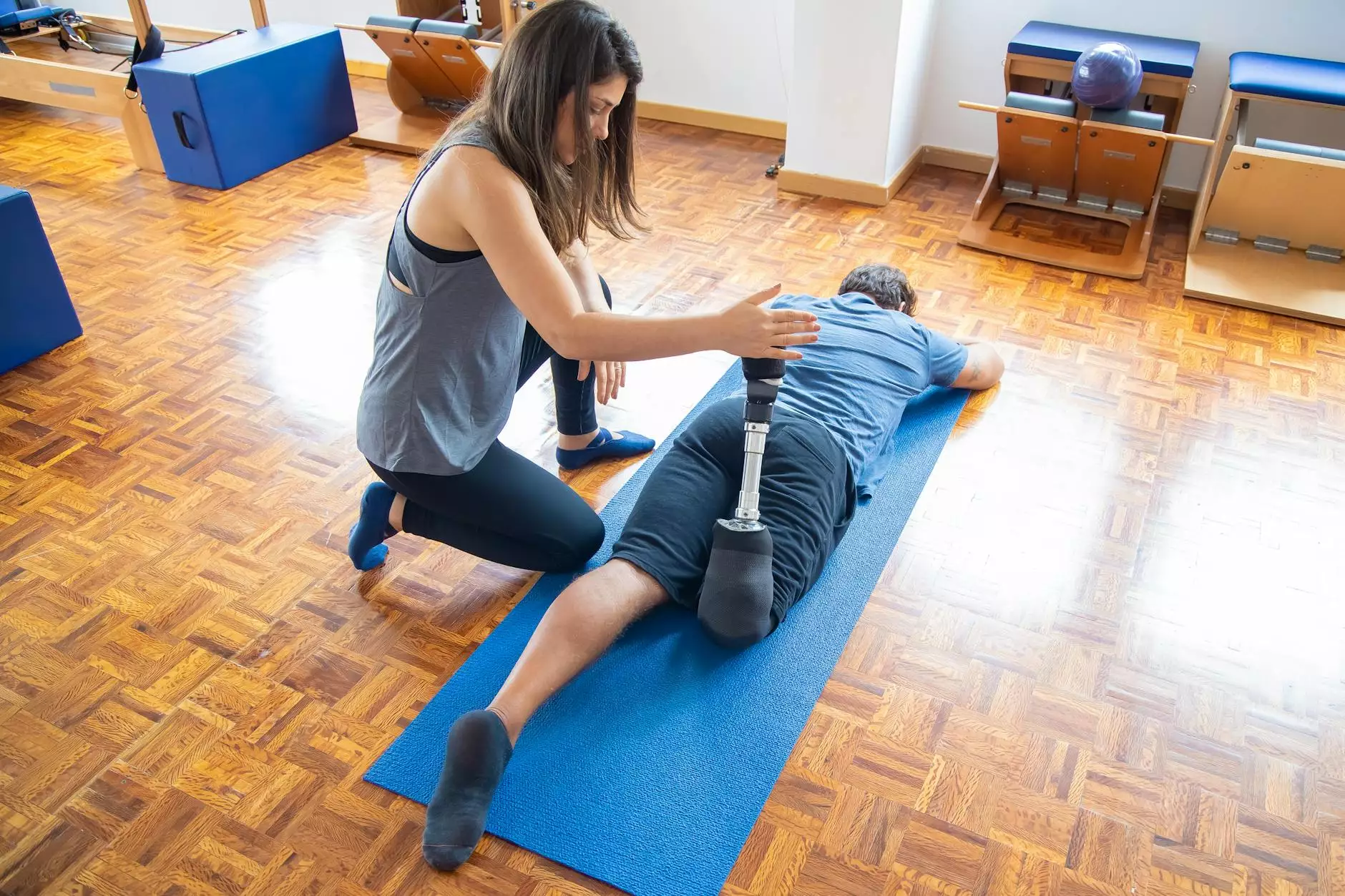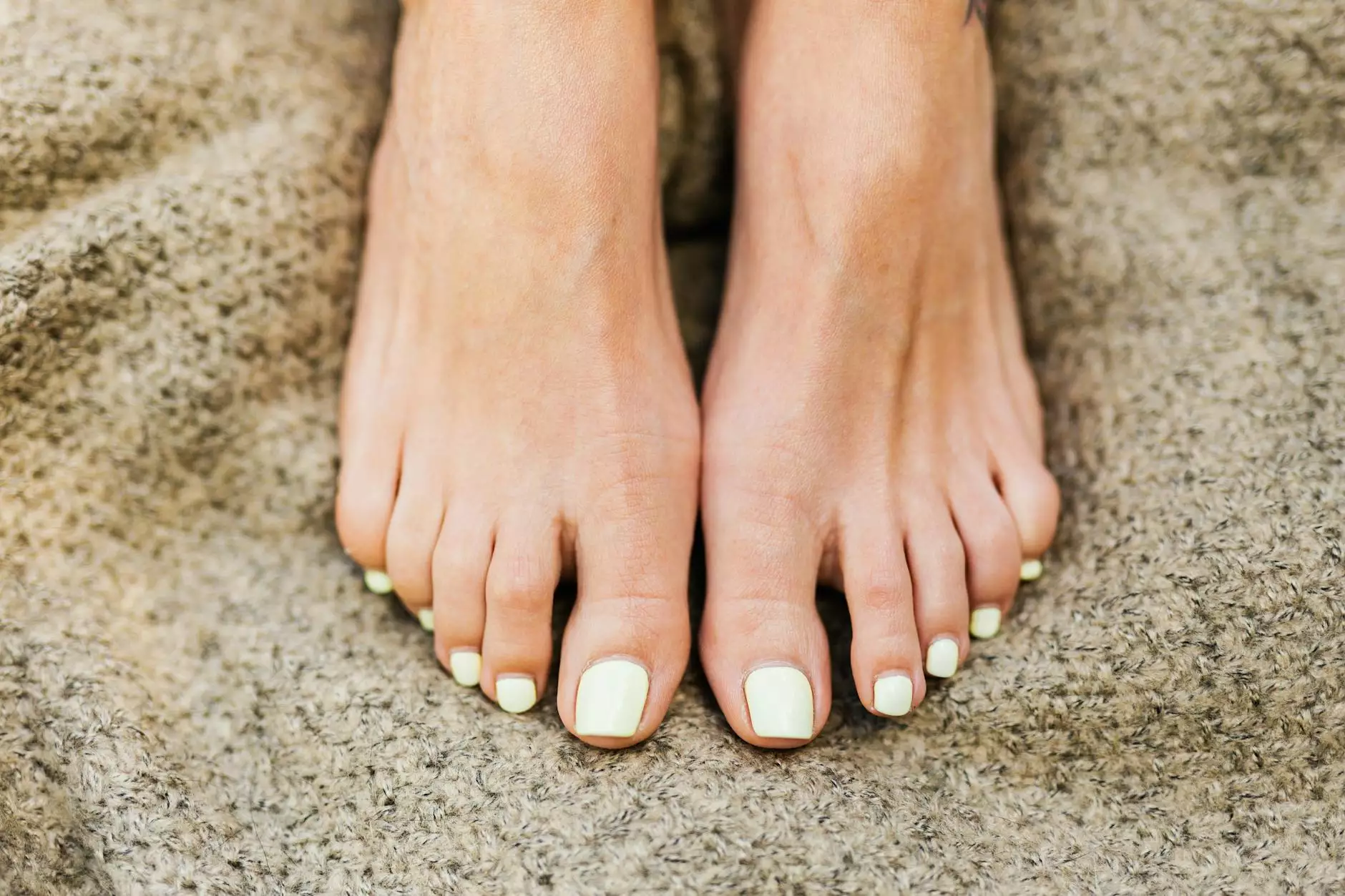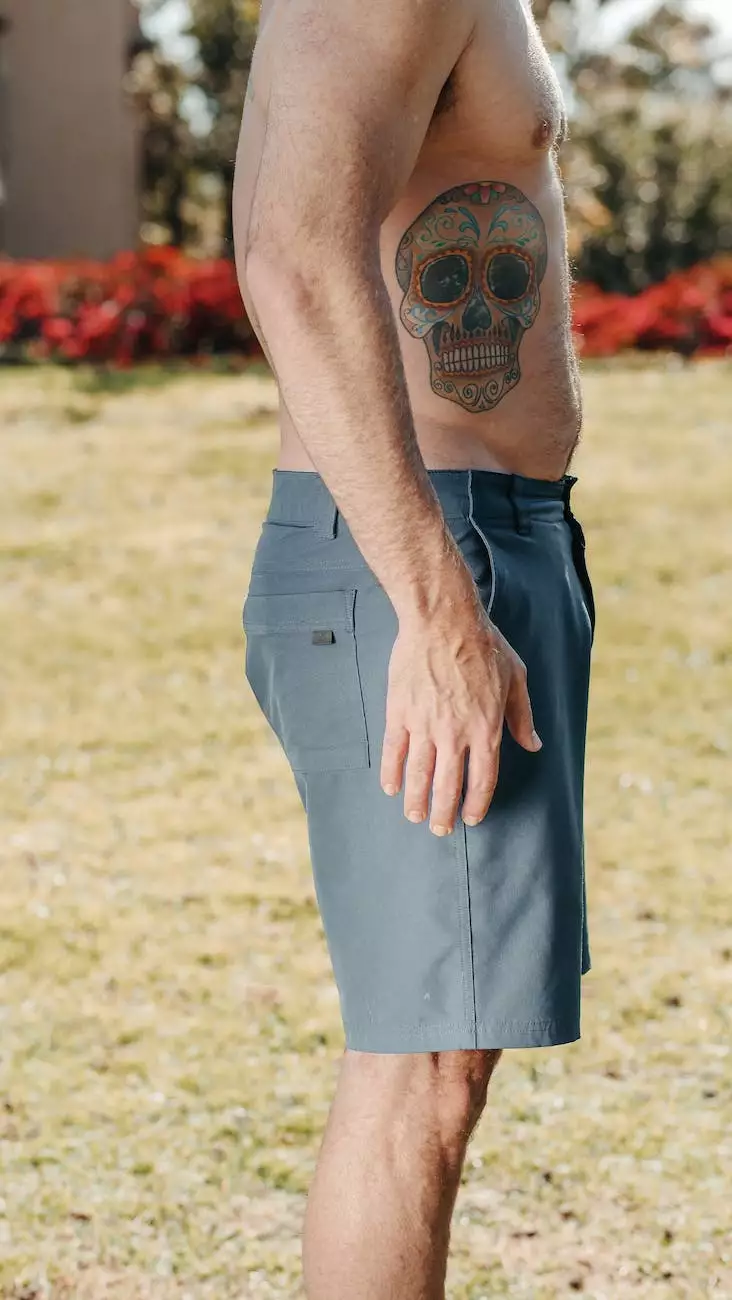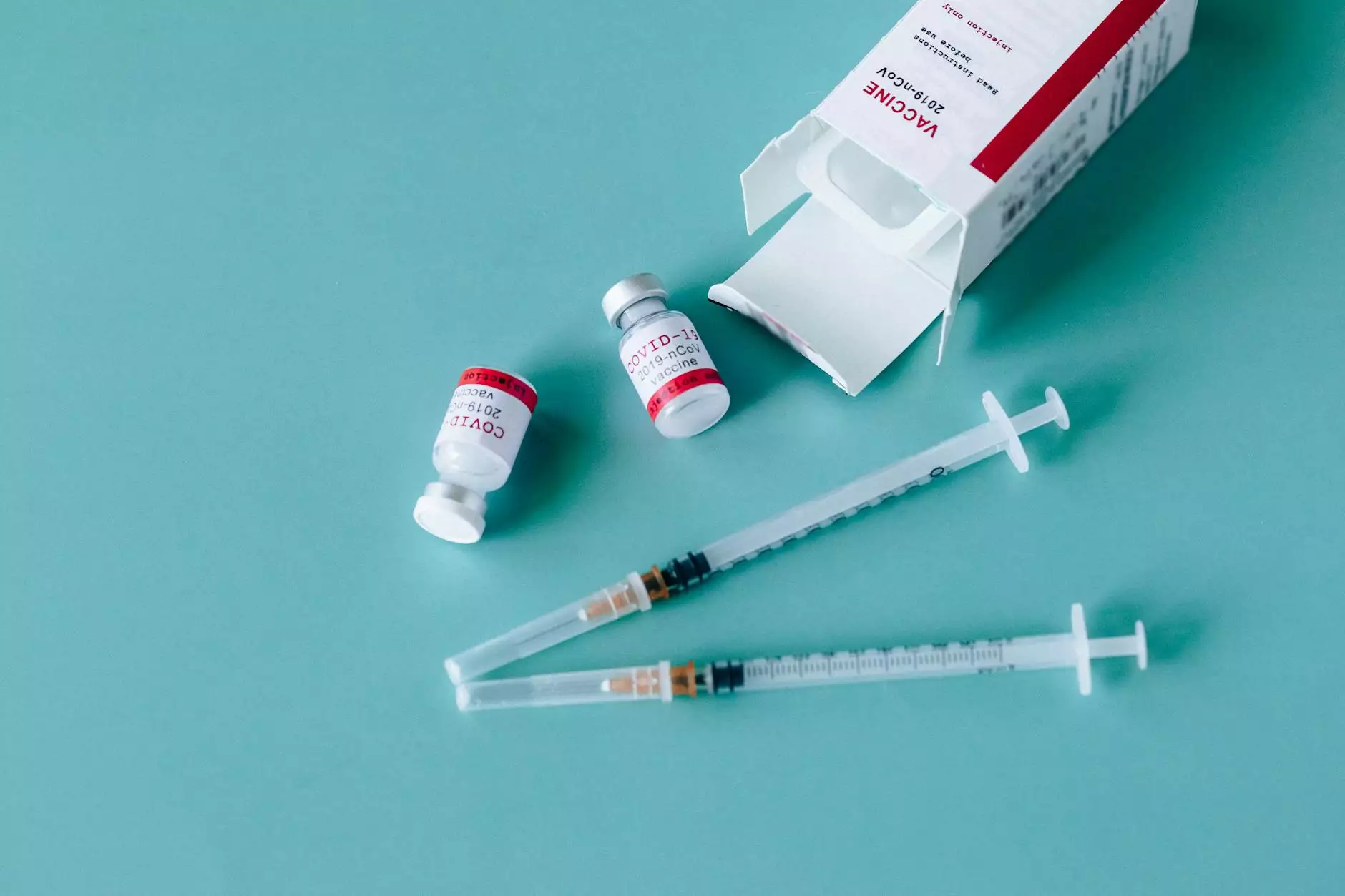Knee Bursitis Symptoms & Treatment
Blog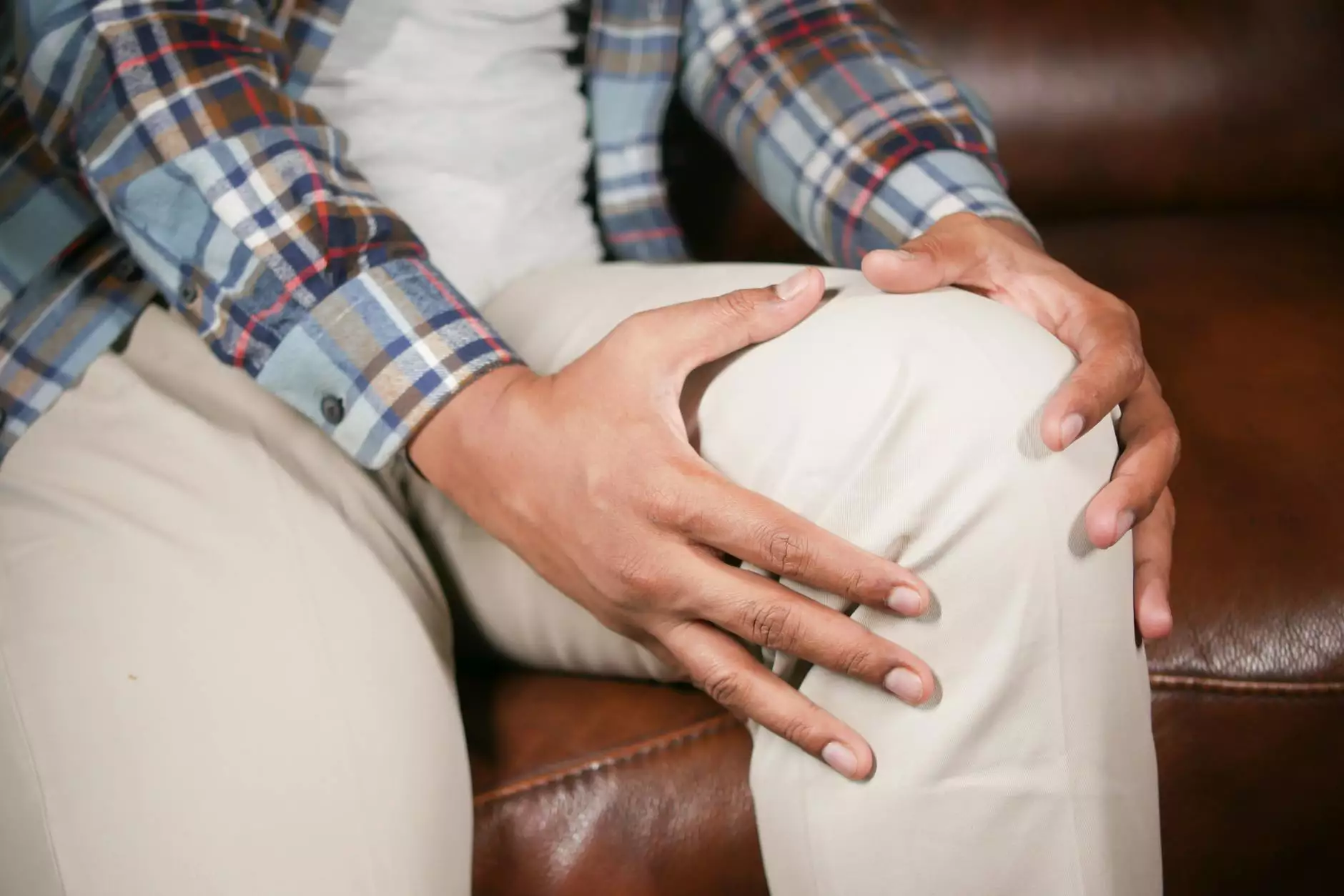
Symptoms of Knee Bursitis
Knee bursitis, a condition that affects the small fluid-filled sacs called bursae around the knee joint, can cause significant pain and discomfort. Understanding the symptoms can help individuals identify the condition and seek timely treatment. Common symptoms of knee bursitis include:
- Swelling: The affected area may appear swollen or puffy.
- Pain: Individuals may experience localized pain around the knee joint.
- Tenderness: Touching or applying pressure to the knee may cause tenderness or discomfort.
- Redness: In some cases, the skin over the affected area may become red or warm to the touch.
- Stiffness: Knee bursitis can lead to stiffness and limited range of motion in the knee joint.
Treatment Options for Knee Bursitis
At Regency Square Care Center, we provide high-quality care for individuals with knee bursitis. Our experienced team of healthcare professionals offers a range of treatment options tailored to each patient's specific needs. Some of the treatment modalities we may recommend include:
1. Rest and Immobilization
Resting the affected knee and avoiding activities that exacerbate symptoms is often the first line of treatment. Immobilization with the help of assistive devices such as crutches or braces may be necessary to promote healing and reduce stress on the bursae.
2. Medications
Nonsteroidal anti-inflammatory drugs (NSAIDs) can help alleviate pain and reduce inflammation associated with knee bursitis. Our healthcare providers may prescribe medications that are suitable for each individual's condition and medical history.
3. Physical Therapy
Physical therapy plays a crucial role in recovering from knee bursitis. Our skilled therapists develop personalized exercise programs to strengthen the muscles around the knee, improve flexibility, and enhance overall joint function.
4. Aspiration and Injection
In some cases, fluid buildup within the bursae may require aspiration to relieve pain and swelling. Our specialists are skilled in performing this procedure safely and effectively. Additionally, corticosteroid injections directly into the affected bursa may be recommended to reduce inflammation and provide long-lasting relief.
5. Surgical Intervention
If conservative treatments fail to provide relief, our board-certified surgeons can evaluate the need for surgical intervention. Surgical options may involve removing the affected bursa or addressing underlying causes contributing to knee bursitis.
Comprehensive Geriatric and Aging Care at Regency Square Care Center
Regency Square Care Center specializes in providing comprehensive healthcare services for geriatric and aging individuals. Our dedicated team understands the unique needs of elderly patients and is committed to delivering top-notch care to promote their well-being and improve their quality of life.
With a focus on patient-centered care, we strive to create a comfortable and supportive environment where individuals can receive the specialized attention they deserve. Our multidisciplinary approach ensures that each patient receives personalized care plans that address their specific physical, emotional, and social needs.
From preventive care to rehabilitation services, our facility offers a wide range of programs and treatments that cater to the diverse needs of elderly individuals. Our team includes physicians, nurses, therapists, and other healthcare professionals who collaborate to provide comprehensive care and promote optimal health.
If you or your loved one is experiencing symptoms of knee bursitis, turn to Regency Square Care Center for expert diagnosis and treatment. Contact us today to schedule a consultation and take the first step towards relieving pain and restoring mobility.


